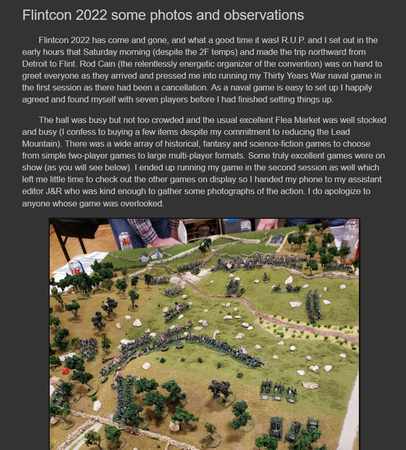
398 pages. Foreward, Cast of Characters, Glossary of Military Terms, Acknowledgments.
With Coyle's first novel, Team Yankee, now revived as a miniatures game, I thought it would be interesting to go back and read some of his other novels. Sword Point was his second novel – as it says on the book cover, "A NOVEL by the author of TEAM YANKEE."
From today's perspective, we know that the Soviet Union would collapse. Coyle, writing in the late 80s, sets his book in a future where the Soviet Union still exists, where perestroika (reforms) in Russia are largely for show, and the Soviets remain driven to acquire strategic ports. The Soviets make the calculation that they can invade Iran (repeating the scheme of their WWII-era invasion of Iran), advance swiftly while Iran is engaged by Iraqi forces, and seize the valuable Straits of Hormuz before NATO can interfere.
The U.S. president decides that "something must be done" and, against military advice, commits the Rapid Deployment Force (RDF) to seize and defend the Straits, leading to an interesting match-up between over-extended Soviet forces and U.S. light infantry forces waiting for their armor to arrive by ship.
As the novel progresses, both sides find their plans falling apart. Mistakes occur, fighting escalates, and a lot happens until the war reaches a conclusion.
In Team Yankee, Coyle primarily followed a single military unit and its struggles during the Third World War. This created a novel that also worked well as a wargaming campaign, with military engagements that were detailed and developing from stage to stage.
Sword Point takes a different approach. To better give the feel of the entire war, the author gives us a wide cast of 21 recurring characters – primarily Americans and Soviets – and provides essentially snapshots of what each experiences in the war. This has the advantage of providing much more 'scenario fodder' than his first novel, but without the level of detail.
For example, when the Soviets insert a force by air to seize an Iranian airfield, the novel gives us a description of a chaotic night attack as the Soviets attempt to hold against the Iranians. However, unlike Team Yankee, we don't get the details of how the Soviets positioned themselves, or the strength of the Iranian counterattack force – it's a higher-level look at warfare.
The novel does an excellent job of showing how both sides make errors, of how personalities influence warfare, the different approaches to warfare by the Soviets and the U.S., and the functionality of different weapon systems. The author makes a point of letting his characters make mistakes and suffer the consequences (no character is safe from death). There's also a subplot involving an Iranian weapon of mass destruction.
The novel mostly involves land warfare (infantry and armor), but naval warfare and aviation also get their due. Britain and France are involved as U.S. allies, and play a significant role in the campaign, but don't get a lot of coverage in the novel because only one of the 'cast of characters' are embedded there.
While I liked Team Yankee, particularly due to the subject matter and tactical detail, I enjoyed Sword Point more as a novel. It's a fun read, with plenty of surprises. I found it a bit hard to keep track of the many characters, and the author perhaps should have used fewer, more developed characters – but that would have been at the price of covering less of the war.
Modern wargamers will find this novel an abundant source of scenario inspiration, from skirmish-level to mass Soviet-doctrine assaults. I hope Battlefront is considering extending their Team Yankee license to cover this novel – same models, different paint job, different terrain!
Reviewed by ![]() Editor in Chief Bill
Editor in Chief Bill ![]()
![]() .
.








